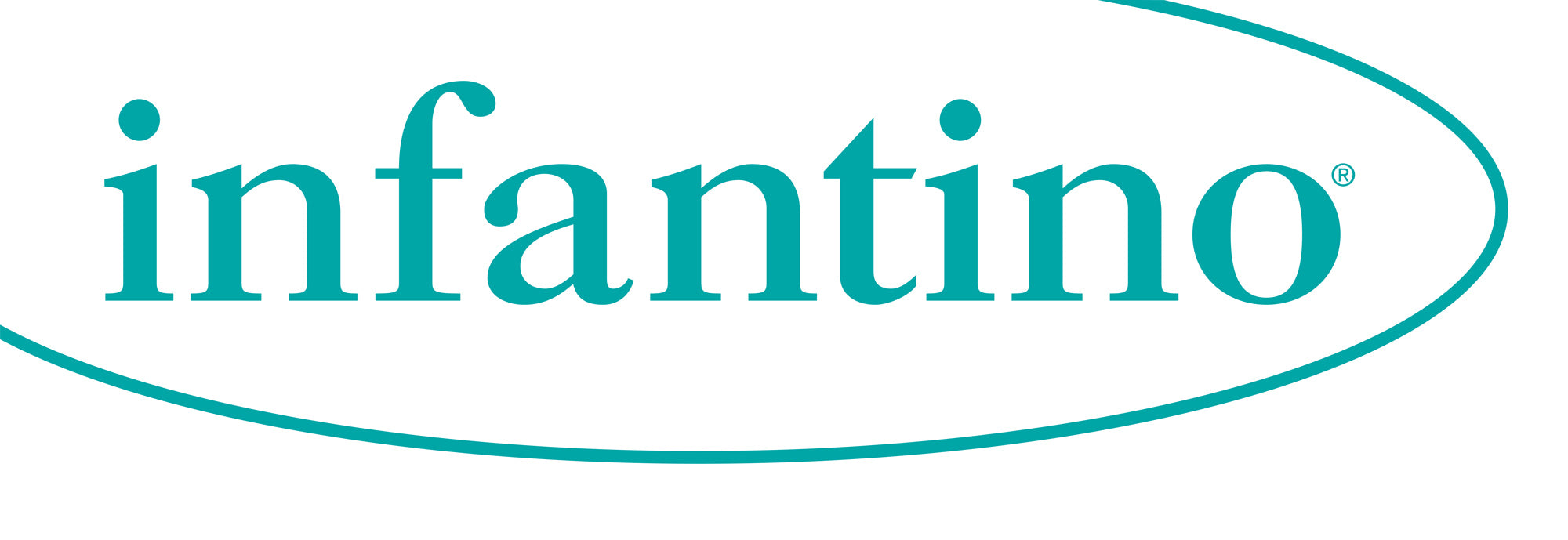Before our children can talk, it is often difficult to figure out exactly what is wrong when they are upset. While there is no manual for parenting, we can learn from both professionals and experienced parents when it comes to our babies!
While no two children are exactly the same, there are typical ages and stages in which changes occur, as well as common signs and symptoms. Teething, for example, generally occurs between 6 to 24 months of age. As parents, educating ourselves about teething, as well as recognizing baby teething symptoms and signs, is important in knowing where to start to help bring relief.
The good news is there are many resources available to babies and their parents when it comes to baby teething symptoms and remedies and how long teething lasts for babies.
What Is Teething?
First things first, it is important to know what teething is, and when it occurs. Teething is defined as, “The process by which an infant's teeth erupt, or breakthrough, the gums. Teething is also referred to as "cutting" of the teeth. Teething is medically termed odontiasis.”
Baby teething symptoms typically present themselves several days before a tooth pops through. While a baby's first tooth can appear between 4 and 10 months of age, the first tooth generally erupts when little ones are 6 months old. Some dentists have noted that family patterns can dictate whether teething occurs earlier or later than this time frame.
However, a child’s primary teeth will usually erupt in this order:
- Central incisors between 6 and 12 months old
- Lateral incisors between 9 and 16 months old
- Canine teeth between 16 and 23 months old
- First molars between 13-19 months old
- Second molars between 22-24 months old
Signs & Symptoms of Teething
Unfortunately, teething can be a painful experience for little ones! Symptoms can last for just a few days, for several months, or your baby could never exhibit any symptoms at all! While there is no single set of symptoms for all babies, most will typically experience gum and jaw discomfort as their tooth is getting ready to erupt through the surface of their gums. Overall, you can usually tell that your baby is teething if they are showing several of the following symptoms together:
- Drooling more excessively than normal. Sometimes, a mild rash will appear around their mouth due to skin irritation caused by the drooling.
- Refusing their normal food or drinks
- A strong desire to bite or chew on everything
- Restlessness or interrupted sleeping patterns
- Sporadic fussiness
- A tooth visible below the gum
- Irritability
- Fever (especially over 101 F)
- Diarrhea, runny nose, and cough
- Prolonged fussiness
- Rashes on your baby’s body
- Bringing their hands to the mouth, or playing with their ears, cheeks, or hair. Babies will sometimes rub their cheeks or ears due to teething pain in their molar region.
Furthermore, as a tooth begins to move beneath the surface of gum tissue, the area may appear slightly red or swollen. Also, a fluid-filled area similar to a blood blister can sometimes be seen over the erupting tooth. While these signs may seem concerning, they are most often normal baby teething symptoms. Some teeth are simply more sensitive than others when they erupt.
In these circumstances, it is best to contact your child’s pediatrician or dentist for a consultation.
Fortunately, there are a handful of helpful resources for how to soothe a teething baby! Teething toys for babies are one of the best (and most fun!) ways to help your little ones. For example, our Squeeze & Teethe toys are ideal for soothing sore gums. The soft and flexible, natural rubber teethers are easy to hold and fun for little teeth and gums to chomp on. Babies love to chew on their bendy legs, squishy ears, and adorable tails. They also make squeaky sounds when they are squeezed! You can choose from the cow, elephant, fox, lamb, lion, monkey, or zebra.
Finally, it is just as important to care for your child’s mouth long after their teething symptoms subside. To start, be sure to run a wet washcloth over your baby’s gums a few times a day, in order to keep them free from buildup. Once they are a little older, you can start gently brushing their new little teeth and gums with a fluoride-free baby toothpaste. Then, once they learn how to spit, you can start using a pea-sized amount of children’s toothpaste and a kid’s toothbrush.
Remember, healthy dental habits start from the day that our babies are born!

 UK
UK France
France Germany
Germany